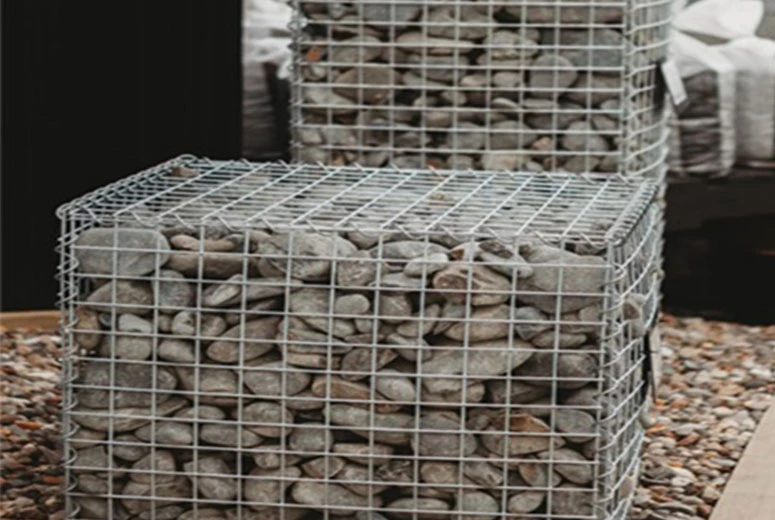Dec . 16, 2024 06:42 Back to list
Guidelines for Selecting Gabion Wire Specifications and Standards
Understanding Gabion Wire Specifications
Gabion structures have gained popularity in various civil engineering and landscaping applications due to their durability, eco-friendliness, and versatility. A gabion is essentially a wire mesh container filled with stones or other materials, often used for erosion control, retaining walls, and decorative landscaping. The effectiveness of these structures largely depends on the specifications of the wire used to create the cages. This article provides an overview of gabion wire specifications, highlighting key factors that influence their performance.
Material and Coating
The wire used in gabions is typically made from steel to ensure strength and durability. The most common specifications include the use of low carbon steel, which exhibits good strength-to-weight ratios. According to industry standards, the wire generally adheres to ASTM A975 or EN 10223-3, ensuring that it meets specific tensile strength and corrosion resistance standards.
Corrosion resistance is particularly important, as gabion structures are often exposed to harsh environmental conditions. To enhance this property, wires are often galvanized or coated with PVC. Galvanization involves coating the wire with a layer of zinc, which helps protect it from rust and extends its lifespan. PVC coatings offer an additional layer of protection, further increasing the wire's resistance to environmental factors such as moisture and temperature fluctuations.
Wire Diameter and Strength
The diameter of gabion wire is another critical specification. Typically, the wire diameter ranges from 2.0 mm to 4.0 mm, depending on the application and the expected load. Thicker wires provide greater strength and better structural integrity, which is essential for applications where significant weight or pressure is expected, such as in retaining walls. The tensile strength of the wire, measured in MPa (megapascals), is also an important criterion, with higher tensile strength indicating greater resistance to deformation and breakage.
gabion wire specification

Mesh Size
The mesh size of gabion wire is another factor that influences the overall effectiveness of the structure. Standard mesh sizes vary, but commonly used dimensions include 6x8 cm, 10x10 cm, or 15x15 cm. Smaller mesh sizes are preferred in applications where fine materials are used to fill the gabion, preventing them from escaping through the gaps. Choosing the right mesh size ensures that the intended material remains contained while also promoting drainage, which is crucial for maintaining the structural integrity of the gabion.
Assembly and Installation
The specifications also extend to how gabion units are assembled and installed. Galvanized wire should preferably have a tight weave to prevent deformation during installation. Additionally, the assembly process should use techniques that avoid excessive bending of the wire, as this can weaken the structure. It’s also recommended that welds (if any) should meet specific quality standards to prevent rust formation at the joints.
Applications and Considerations
Gabions are utilized in various projects, from simple garden enhancements to complex engineering solutions like riverbank stabilization and earth retention systems. When selecting gabion wire specifications for a project, engineers must consider factors such as load requirements, environmental conditions, and the specific application. Properly specified gabion wire not only enhances the structural integrity of the installation but also ensures longevity and reduced maintenance needs.
In conclusion, understanding gabion wire specifications is critical to the success of any project involving these versatile structures. By taking into account the material, coating, wire diameter, mesh size, and assembly techniques, engineers and landscapers can create reliable, aesthetically pleasing solutions for a range of applications. With the appropriate specifications, gabions can provide long-lasting protection and beauty to landscapes and infrastructure alike.
-
Reinforcing Mesh: Core Material of the Construction Industry
NewsJul.07,2025
-
Welded Wire Fabric Reinvented for Modern Projects
NewsJul.04,2025
-
Superiority of Stainless Steel Woven Mesh
NewsJul.04,2025
-
Key Types of Razor Wire and Their Applications
NewsJul.04,2025
-
Durable Metal Fence Types for Security
NewsJul.04,2025
-
Best Materials for Livestock Fence
NewsJul.04,2025
products.







